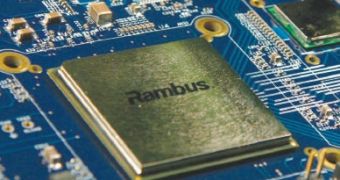The DRAM industry has always been sitting on quicksands and it has been sinking at a higher rate than it has recovered, but it seems like January was a good time for memory chip business, as chip sales have just beat the industry's expectations.
The three-month period of global chip sales ended with revenue of $21.49 billion, and accounted for a minor grow of 0.03 percent up from January 2007. The final figures have been delivered in a recent report of the Semiconductor Industry Association (SIA). The previous figures for the three-month average reported for December 2007 reported sales of $22.3 billion, which means that there is a decrease of 3.6 percent as compared with the most recent evaluation. The decline in sales is sequential and seems to be in line with the traditional seasonal patterns for the industry.
"Unit shipments of DRAMs and NAND flash grew modestly in January. Even with healthy demand from important end markets, however, a very competitive environment resulted in price pressures for these products which in turn led to continued erosion in average selling prices. Excluding memory products, semiconductor sales were up by 8.1 percent year-on-year." said SIA President George Scalise, in a statement.
The unit shipments of personal computers and mobile handsets were in line with the analysts' expectations for the last month, but they expect an unit growth of about 12 percent for computing systems, while the cellular devices will reach a growth of between 12 to 15 percent during this year. The PC and cellular handsets jointly account for about sixty percent of the total semiconductor sales.
"The U.S. economy has entered a period of slower growth that may impact consumer purchases of electronic products. However the emergence and growth of large consumer markets outside the U.S. has created new opportunities for chipmakers," claimed Scalise. "The emergence of these global markets underscores the importance of maintaining open markets and eliminating barriers to international commerce," he concluded.

 14 DAY TRIAL //
14 DAY TRIAL //